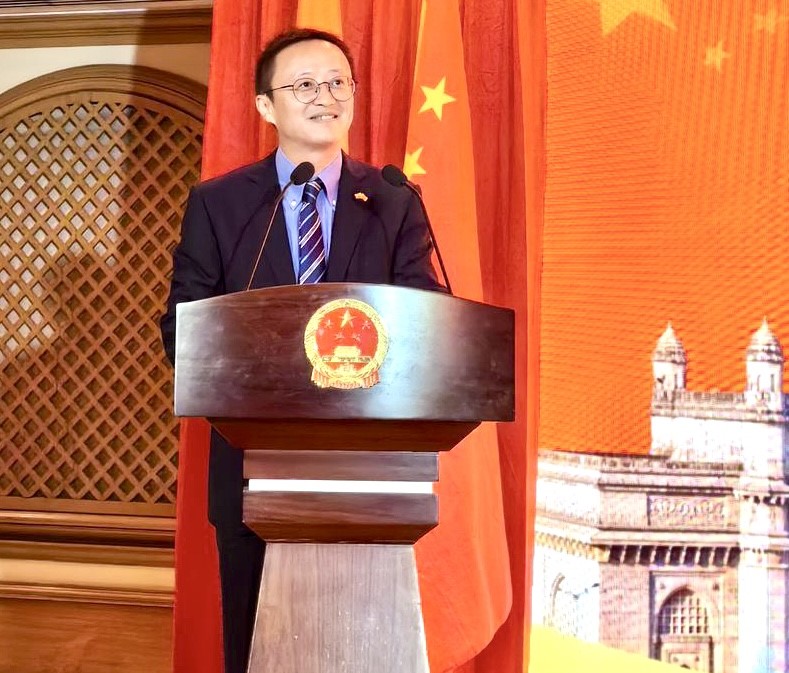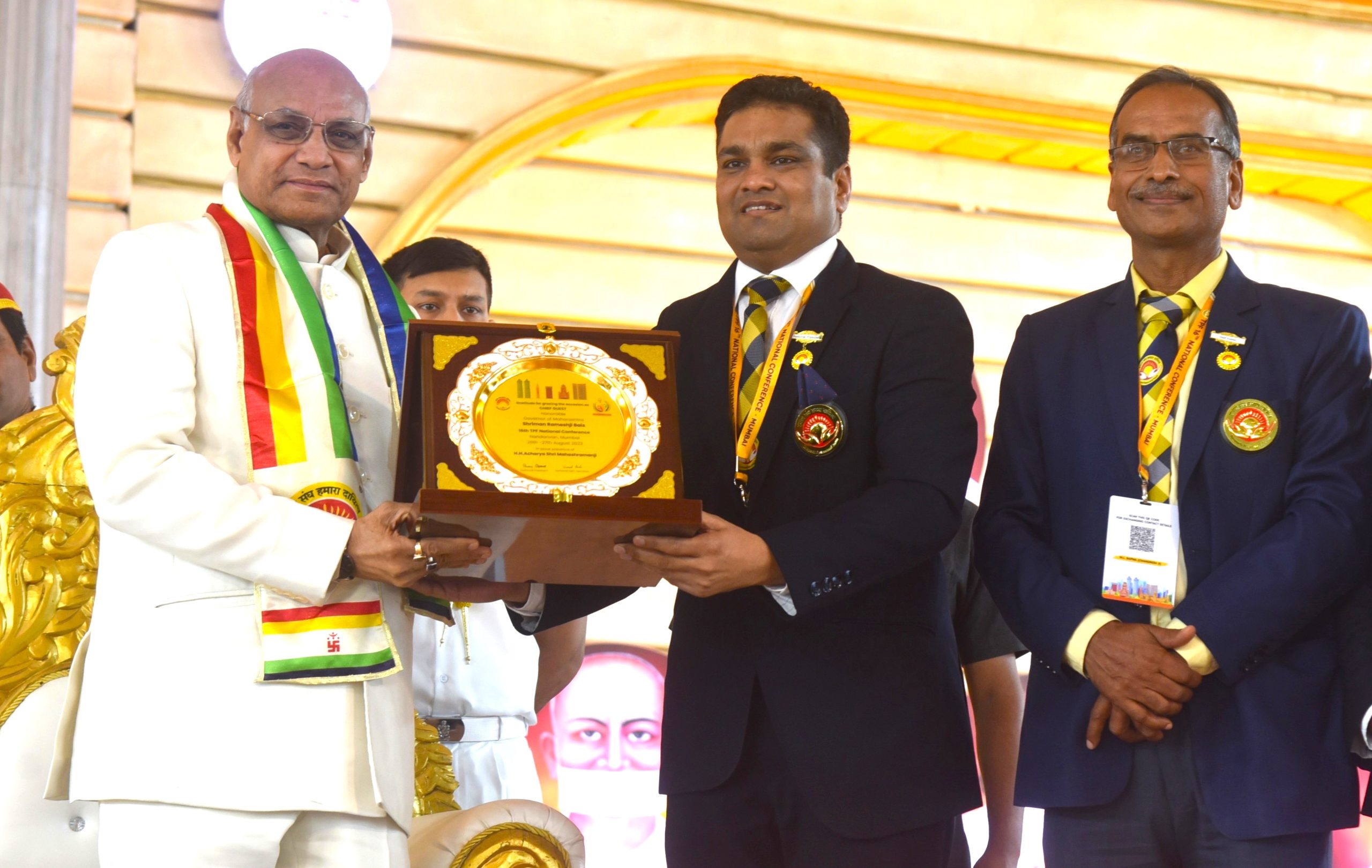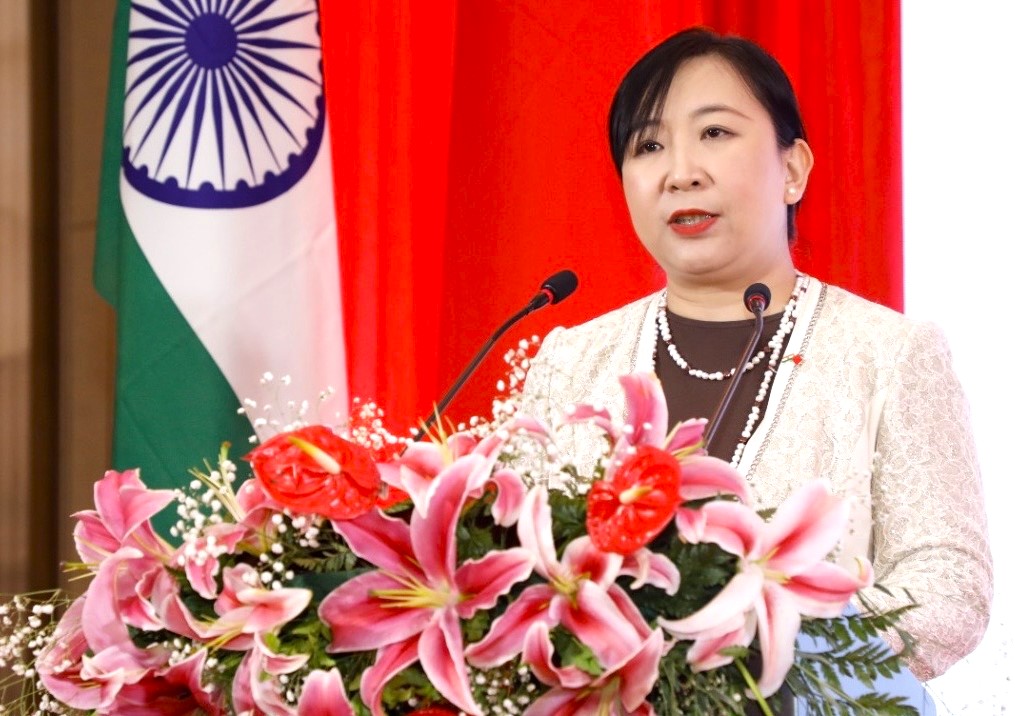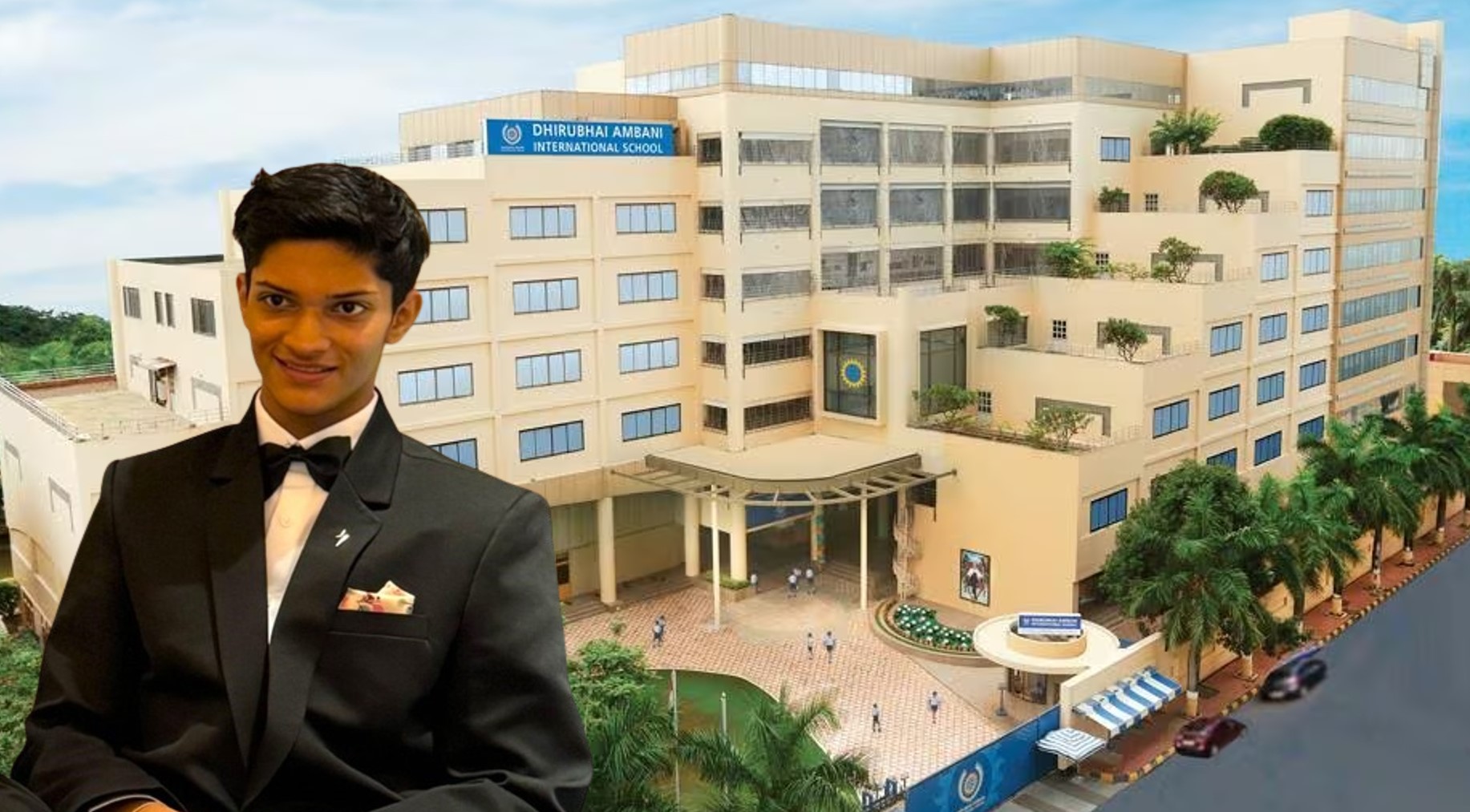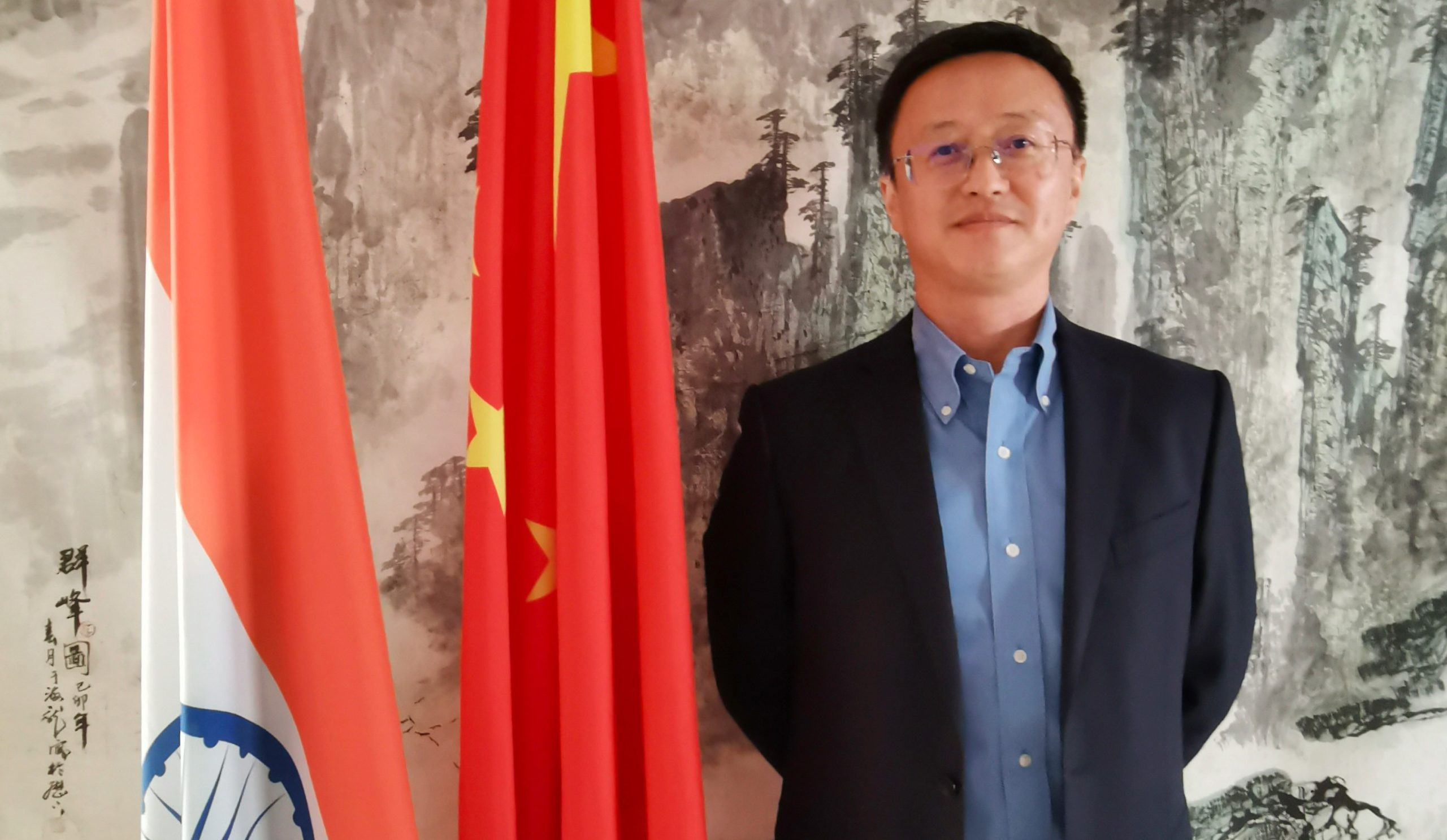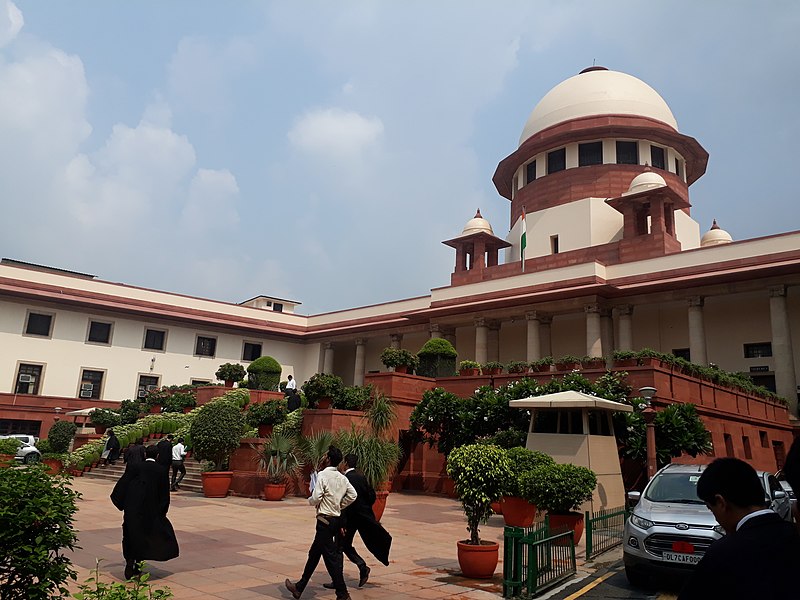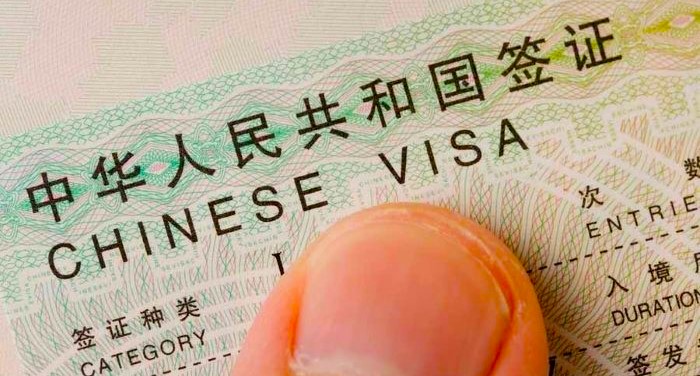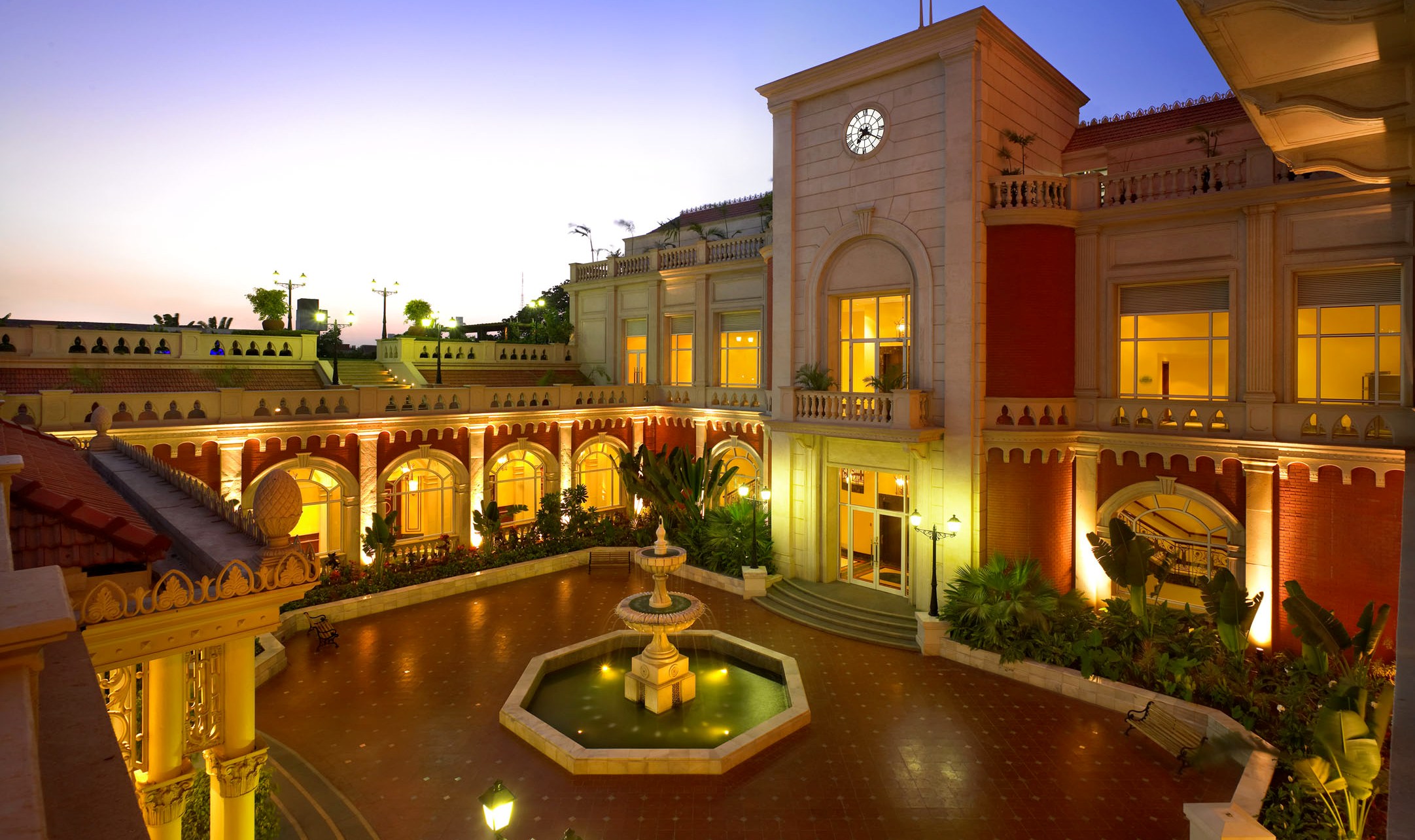Ladies and gentlemen,
Good evening! Namaste!
Today we gather here to celebrate the 74th Anniversary of the Founding of the People’s Republic of China. Please allow me to extend my warmest welcome to your presence. And also, please grant me the privilege to greet my compatriots here in Chinese: “同胞们,国庆快乐!”
Many of you may have watched the videos before the beginning of the reception—showcasing Shanghai’s bustling scenarios, Chengdu’s technological leadership, Jinan’s dignified atmosphere, and Dunhuang’s antique beauty. As you may know, they are sister cities of Mumbai, Bangalore, Nagpur, and Aurangabad. The beauty of these cities embodies the latest results of the philosophy of innovative, coordinated, green, open, and inclusive development. I am sure, putting ideological differences aside, everyone could see that China today has a steady and resilient economy, cutting-edge technology, a beautiful environment, and a safe and harmonious social life.
We all know that the Communist Party of China successfully held the 20th national congress last year. This congress is historic. Why say so? One of the reasons is that it has drawn the blueprint for the great rejuvenation of China. The target is, by 2035, China should basically realize socialist modernization, with per capita GDP on par with that of a mid-level developed country. In terms of the current value, that is roughly 20,000 US dollars. From 2035 to the middle of this century, China should be built into a great modern socialist country that is prosperous, strong, democratic, culturally advanced, harmonious, and beautiful.
This is what we call Chinese Modernization. This year marks our embarking on this not only great but also arduous cause. Obviously, this reception is the right time for me to explain to all the friends how to understand Chinese Modernization and its progress.
Briefly speaking, there are five “is” and five “not” about Chinese Modernization.
First, it IS the modernization of 1.4 billion people, a number larger than the combined population of all developed countries nowadays. So, it is NOT a simple replica of the old paths of the past and the West. If a country like China, with such a large population and weak initial foundation, can achieve modernization, which country cannot? We hope our endeavour could inspire developing countries all over the world to achieve their own development dreams.
Second, it IS the modernization of common prosperity for all and NOT confined to a small group of people. The immutable goal of our modernization is to meet the people’s aspirations for a better life. We hope our endeavour will not only maintain and promote social fairness and justice but also bring prosperity to all the people of China and shed light on the lives of the world’s over 7 billion people.
Third, it IS the modernization of both material and cultural-ethical advancement, but NOT merely focusing on material abundance while neglecting people’s all-round development. As an old Chinese saying goes, when the granary is full, people should learn how to behave; when people are well-fed and clothed, they should know honour and shame. The Chinese civilization always yearns for a world of great harmony in which people are free from want and follow a high moral standard. We hope our endeavour will build a world where common values for all mankind of peace, development, fairness, justice, democracy, and freedom are truly cherished.
Fourth, it IS the modernization of harmony between humanity and nature, and sustainability will definitely NOT be sacrificed for development. Over the past decade, China has planted almost 7 million hectares of forests, turning deserts into oases and polluted water into clear streams. China has made a solemn commitment to the world to reach carbon peak by 2030 and carbon neutrality by 2060. We hope our endeavour will, for the first time in human history, be a great contribution to a developed, clean, and beautiful world.
Fifth, it IS the modernization of peaceful development, and China will NOT tread the old path of war, colonization, and plunder taken by some countries for enrichment. As the victim of the old path, the Chinese people stand firmly on the right side of history and on the side of human progress. We rely on the hard work of the entire Chinese people and unprecedented innovation and creativity to achieve our development. We hope our endeavour will inject more energy to maintain world peace and bring more opportunities for global development.
Ladies and gentlemen,
We are fully aware that Chinese Modernization is not an easy job and the path to it is full of twists and turns, even challenges. This year has seen some difficulties in China’s economy, like exports stopping to grow, problems in the real estate market, and employment pressure for young people. One of the reasons is, of course, the lackluster state of the world economy, with no exception among all major economies. The other reason is China is taking the initiative to optimize our economic structure to upgrade growth potential, which takes time to show effect. Even in this background, there are enough highlights of our economic performance for the first half of the year: China’s GDP growth rate is 5.5%, remaining the major engine of world growth. Consumption contributed 77% to the growth, 44% higher than last year. The total volume of international trade reached a new high of 20 trillion Yuan, and our export share of the global market remains stable at around 14 percent. At the same time, FDI continued to grow; for example, the UK and France doubled their investment in China in the first half of this year. The number of newly established foreign enterprises in China grew by 35%.
I know the western media is quite popular here in Mumbai, and some of them are telling different stories about China. Believe me, I know China much better than they do.
When we talk about Chinese modernization, I’d like to emphasize one important issue: THERE IS BUT ONE CHINA IN THE WORLD, and Taiwan is a non-splitable part of China. Taiwan’s return to the motherland is undoubtable on the road to Chinese national rejuvenation. There is a popular song on the Chinese internet, taking a high-speed train to Taiwan. It tells the cheerful mood of a youngster who takes a cross-strait high-speed train from the mainland to Taiwan. I can assure you, most of us can see the coming of that day.
Ladies and gentlemen,
In the first half of this year, China-India trade exceeded 66 billion US dollars, continuing the strong momentum of last year. So far in 2023, our Consulate has issued more than 35 thousand visas, 80% of which are for business purposes, a 60-fold increase over last year. It shows how vigorous our bilateral trade is and how undeniable our economic connection is.
On the 76th anniversary of India’s independence, Prime Minister Modi reiterated India’s dream of becoming a developed country by 2047. And Maharashtra is also determined to become a one-trillion-dollar state by 2025. China and India share the common dream. On our remarkable journey forward, we are natural partners, and our cooperation will benefit more than 30% of the world’s population. Both our governments have the duty to safeguard the sound development of the bilateral relationship and should not define our relationship by partial divergence. I firmly believe, as long as China and India align our strategies, connect our markets, and strengthen people-to-people ties, we will surely make our dreams come true together at an early date.
Ladies and gentlemen,
The 19th Asia Games are in full swing in Hangzhou these days. I am happy to see that Team India has surpassed your historical best well before the ending of the games. Congratulations! I wish all the athletes from all the countries achieve the best results and have fun in Hangzhou. Thank you for listening and hope you enjoy the night.
Disclaimer: The opinions expressed in this article are those of the authors. They do not purport to reflect the opinion or views of the Mumbai Messenger Editorial team.
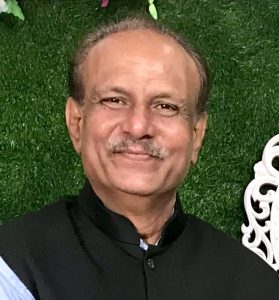
Editor in Chief : Mewati SItaram

